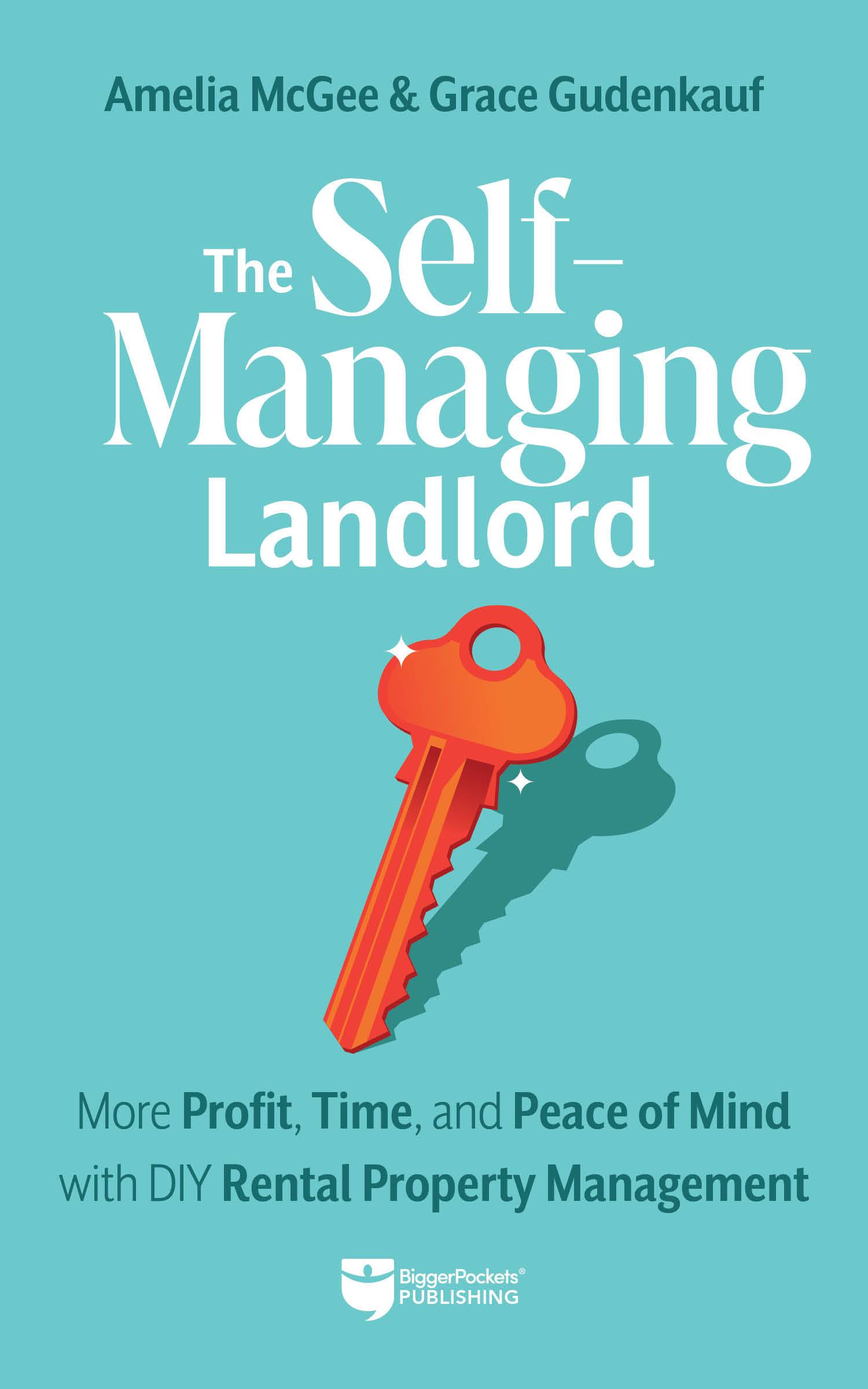Meme Stocks Surged Again This Week—But I’m Not Buying the Hype
Something wild happened on Wall Street this week. Meme stocks—so-called because they represent companies that have attracted a cult-like following on social media—suddenly soared and then tumbled, leaving moneyed investment bankers in disbelief.
In a seeming repeat of the 2021 GameStop phenomenon that stopped Wall Street titans from shorting the company—depicted in the movie Dumb Money—small investors across the country once again drove up the price of GameStop, which closed up more than 60% on Tuesday, following an increase of 70% on Monday. The increased volatility triggered marketwide limits and paused trading. Ailing movie theater chain AMC was another beneficiary of the small traders’ call to arms.
By the end of Wednesday, things had cooled. GameStop and AMC had both dropped by about 20% at the end of trading. However, both stocks remain up roughly 150% and 80% over the past five days. It will be interesting to see if these stocks bounce back on Thursday or continue their decline.
As in 2021, the early week rally centered around Keith Gill (known online as Roaring Kitty). After a three-year absence on X, Gill posted an image of a gamer leaning forward in a chair, which seemed to spark the buying spree, even though he didn’t specifically suggest investors buy any one stock.
Why Meme Stocks Are a Poor Investment
But what is the point, besides a satisfying dose of schadenfreude in seeing financial fat cats suffer? Is meme stock day trading a compelling investment strategy? I don’t think so. Here’s why.
Psychological, not financial
The prime motivation for buying a meme stock is psychological rather than financial because none of the companies it is associated with are doing well.
Also, as was depicted in Dumb Money, meme stocks rely on investors holding the fort and not selling when stocks are high—the most obvious way to make money. Instead, the high for investors seems to teach Wall Street multimillionaires a lesson: that the power of the people is more vital than any investment bank’s fund manager. There was no news about GameStop or AMC before Roaring Kitty’s reemergence that could cause such a buying spree.
“Given my past experience in analyzing the periodic bouts of meme stock activity, consider me suspicious,” Steve Sosnick, chief strategist at Interactive Brokers, wrote in a research note, quoted in the New York Times.
Despite such dramatic swings in stock prices, how much individual low-level investors can make is unpredictable. There’s no question that Roaring Kitty, who invested $53,000 in 2021, made a lot of money. In 2021, he showed The Wall Street Journal screenshots of his brokerage account that one day showed a roughly $20 million daily gain—and another showed about a $15 million loss. Most of his followers, who invested much smaller amounts, often made under $5,000, while others lost money.
The herd mentality versus sophisticated investing strategy
Day trading is not for the faint of heart. It means borrowing or leveraging capital daily while getting involved in a very sophisticated type of speculating. The losses can be massive. Essentially, it’s another form of online gambling.
However, a kind of euphoria kicks in when the risks are spread among thousands of investors following one cult-like leader. The risks are less because of the numbers, and like a crowd at a rock concert or a sports game, a herd mentality takes over. The latest rally occurred on Monday after Gill shared a meme and more than 10 clips from movies, including X-Men Origins: Wolverine, The Avengers, and the 1993 western Tombstone.
“The fact that Roaring Kitty is back should be totally meaningless to the stock market, (but) the fact that it isn’t is fascinating,” Matthew Tuttle, CEO of Tuttle Capital Management, told Reuters.
Long-term investing is best
Equating meme stock investing with real estate investing: A meme investment is like buying a house to flip in a volatile market on someone else’s say-so and hoping for the best.
Educated long-term stock investing—as practiced by investing legend Warren Buffett—means taking a long, hard look at certain companies and researching and investing based on hard facts. It often involves playing the long game, but in some instances, such as recently with the emergence of artificial intelligence (AI), an intelligent and educated investor who bought Nvidia stock 24 months ago would have tripled their money.
Long-term stock market investing is the same as examining a market for a potential buy-and-hold real estate investment, looking at the new businesses moving there, transportation access, crime stats, schools, taxes, population increases, and any other data that can help you make an educated decision.
Final Thoughts
The meme stock phenomenon is a fun distraction for many people. There’s a certain “us vs. them” underdog mentality that working and middle-class Americans have always rallied behind. However, as a long-term investing strategy, it is not a stable path.
A sophisticated Wall Street veteran might make a lot of money day trading if they have experience in options and margin trading. It can be a fun distraction for most people who invest a few hundred or a few thousand dollars based on a day trader guru’s advice like Roaring Kitty. However, investing money you can’t afford to lose could be disastrous and put you in financial ruin.
For real estate investors, trading in the stock market could help them diversify their portfolios, but only with a long-term strategy, such as investing in stocks that show robust consistency or are on the cutting edge of innovation.
The bottom line: If you need to turn a fast profit, rely on something other than a meme stock to provide it.
The Money Podcast
Kickstart your personal finance journey with Scott and Mindy as they break down the good, bad, and ugly of people’s personal money stories. From interviews with entrepreneurs and business owners to breakdowns of listener finances, you’ll get actionable advice on how to get out of debt and grow your money.
Note By BiggerPockets: These are opinions written by the author and do not necessarily represent the opinions of BiggerPockets.






